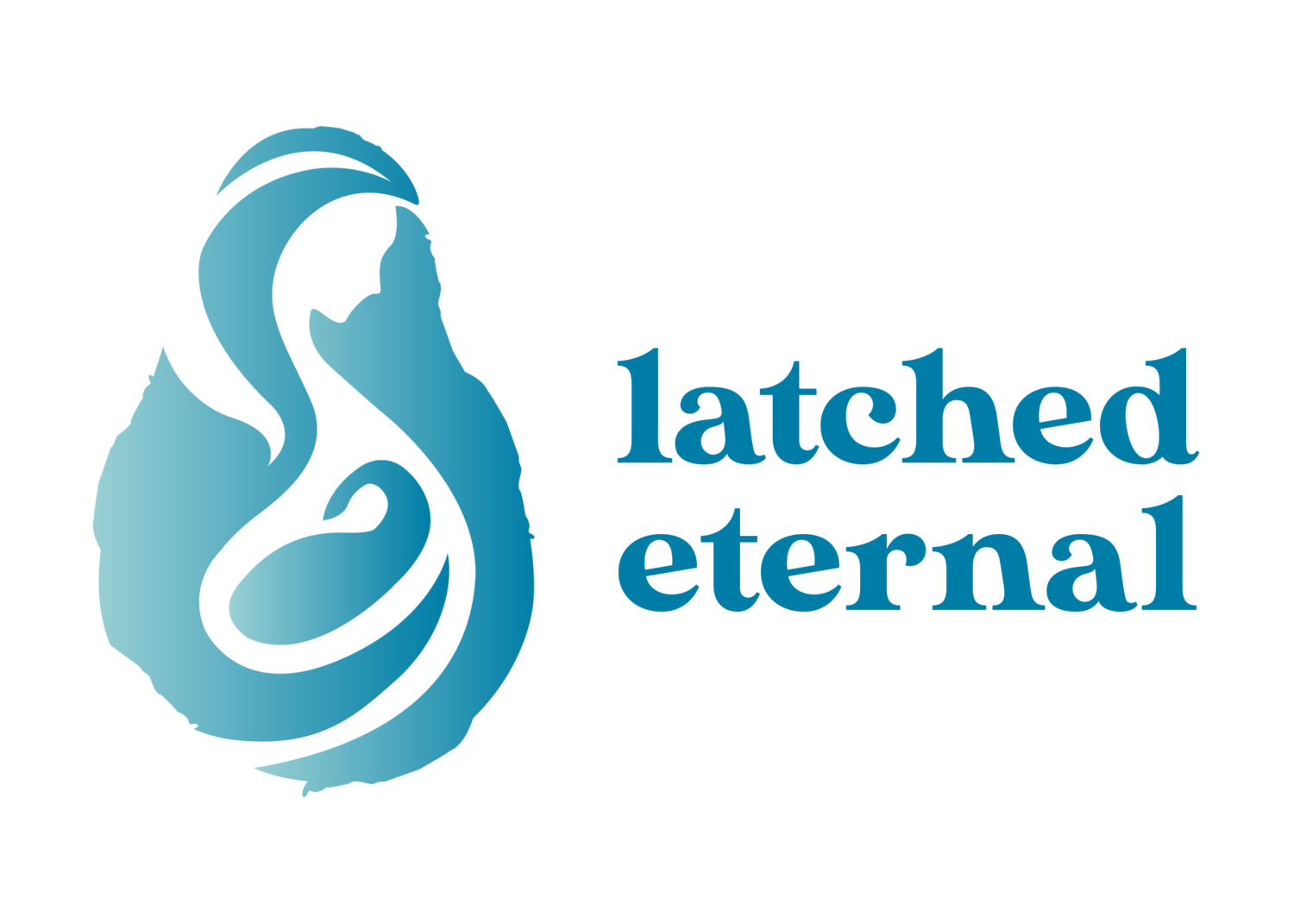Oral Ties and Reattachment
Let’s talk about reattachment: what it is, how we can prevent it and what to do when it happens.
What is reattachment?
Reattachment occurs when some of the tissue reattaches after a release procedure. Reattachment can happen in different ways and at different stages of the healing process. The most common time for reattachment is in the first week when the wound is in its most vulnerable healing stage. This reattachment may impede function, or it may not. Not all reattachment is detrimental.
How can we prevent reattachment?
There aren’t any full proof ways that will 100% prevent reattachment. Any good release provider that understands wound healing will be upfront and honest with you about that, but there are ways we can minimize reattachment. One way to minimize reattachment is through tongue stretches after the procedure. Stretching the tongue at regular intervals throughout each 24 hours will help the wound stay open and heal properly. Using cream provided by your release provider or coconut oil on the wound throughout the day can help keep the wound supple and heal better. Continuing to breastfeed will help the tongue stay active. Massaging the wound site gently prior to stretches can help minimize scar tissue formation. Ensuring that the tongue is in an elevated position when sleeping, and if not, taking steps to elevate the tongue. Bodywork is important to release tension before the release to allow for a more complete release and release residual tensions after a release that could pull on the tongue and limit movement and function.
Despite parents’ best efforts with doing all the post procedure care, reattachment may still occur, but the severity of that reattachment will likely be less because of the stretches, massage, bodywork and proper wound care. This mainly occurs because everybody heals differently and sometimes babies heal a little too well. Parents need to understand that it is not their fault when reattachment occurs and with a collaborative supportive team in place, that is treating your baby holistically we can drastically minimize reattachment, catch it early to intervene without a 2nd procedure or if a 2nd procedure is necessary your baby will be well supported and ready for that release.
What can we do when reattachment occurs?
We may not always need to intervene when reattachment occurs but there are some things that can be done if it is noticed early. Close follow up with your release provider and IBCLC is important during the first week, if reattachment occurs in the first week, a deep stretch can be done to reopen the wound, progress healing and hopefully prevent the need for a second release procedure. This deep stretch can be performed by the release provider or by a trained IBCLC. Sometimes a 2nd release may be necessary depending on the level of scar tissue that formed, often this can occur with severely restricted oral ties that were present prior to the release. This is a possibility with any release procedure and your release provider should have discussed this with you prior to the release. Working with a collaborative team can help to significantly reduce the likelihood of reattachment.
Additionally, not all reattachment is detrimental. We need to look at the baseline of where oral function was prior to the release and then where oral function is after the release. Even with some reattachment, the function may not be impaired. Therefore, it is important for release providers to work with a trained IBCLC or feeding therapist to establish if a 2nd release is necessary or not. The reattachment may not negatively impact function.
An additional point to consider is that without collaborative holistic care, body tension can present as tension in the tongue. I’ve worked with many families who noticed zero improvement in their baby or breast/bottle feeding after a release and feared that reattachment had occurred. Once body work was implemented and oral habilitation with an IBCLC or SLP, parents began to see improvement and their baby’s symptoms resolved.
This is further evidence of the importance of treating the whole baby and not just the tongue.
